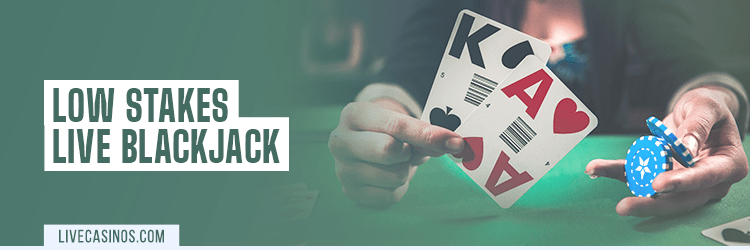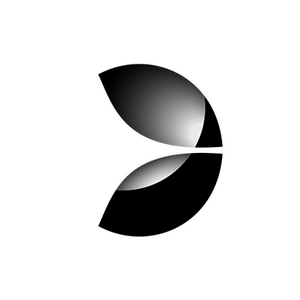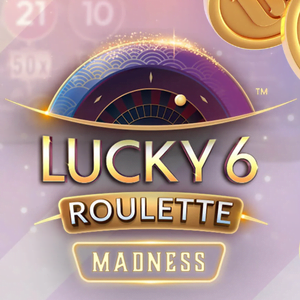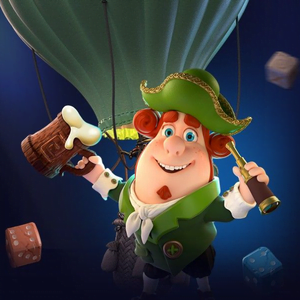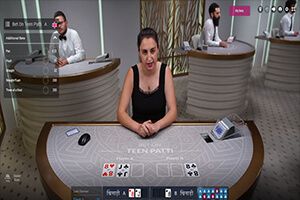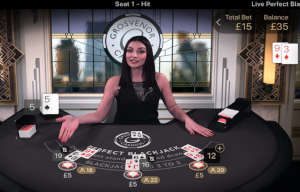
What is Tri Card Poker?
Tri Card Poker is a fast and easy-to-learn poker variant, developed by Derek Webb, who had a vision of creating a Poker hybrid that would contain 3 crucial elements a casino game must have to fare well with both the players and the casino operators. The game, therefore, incorporates substantial payouts, simple structure and a house edge that makes it profitable to the casino, without making Tri Card Poker unfavorable for the players.
The game got off to a rocky start and promoting it in the UK and introducing the Tri Card Poker to USA casinos was anything but smooth. At first, Webb had to train the casino dealers himself, spending hours next to the casino table to make sure that rules are properly executed. Finally, in 2002, after a change in the gambling regulations took place, the game found its way back home to the UK.
Tri Card Poker Basic Rules
Tri Card Poker uses a regular 52 card deck with Jokers removed and starts after the players submit the first bet – Ante. An extra Pair Plus bet is available but not obligatory, and the players can choose whether or not they will wager that the dealt hand will have a Pair or a better ranking combination.
A hand of three cards is dealt to all the players and the dealer and the players must decide if they will place the Play bet or Fold and lose the Ante. When all the hands are revealed, showdown begins and the strongest hand wins.
Tri Card Poker Ante and Play Strategy
The first question the players must ask themselves is how their hand should rank in order to produce the optimal results if played. In an ideal environment, you would want to start with at least Q, 6 and 4, since a hand like that losses less when played. Anything lower than Q, 6 and 4 should definitely not be played and the player's best course would be to simply Fold.
The same goes for hands with King or Ace as the high card – a player should not Fold a hand like that. Things are quite different when the high card is a Joker; this hand is ranked lower than Q, 6 and 4 and should, therefore, be folded, as mentioned above. Basically, there are four guidelines that you should always stick to, with a few hand examples presented in the table below:
- Queen and a 7 is a combination that should always be played, regardless of the 3rd card;
- Queen and a 6 should be played ONLY in combination with 4 or 5;
- Queen + 6 is to be folded if the 3rd card is 2 or 3;
- Queen with 5 as the 2nd highest card should never be played;
| Hand | Bet | Fold |
| Q+6+4 | ✓ | |
| Q+5+4 | ✓ | |
| J+10+6 | ✓ | |
| A+10+3 | ✓ | |
| A+7+5 | ✓ |
The Pair Plus side bet on the other hand will not require any strategy and with the low house edge it carries, it's not like you can cause an irreparable damage if you decide to play it. For the most part, experienced players would advise that you do not stray from the straight Ante/Play path too often and to keep the Pair Plus wagers on the lower side.
Depending on the casino, Pair Plus may or may not be equal with the Ante and the player can either play conservatively and bet on the lowest amount allowed or decide to take a more daring approach and top the Ante bet. One can also combine the two betting styles, starting off with low wagers and saving the aggressive approach when the balance is increased.



































 Roulette
Roulette
 Blackjack
Blackjack
 Baccarat
Baccarat
 Poker
Poker
 Sic Bo
Sic Bo
 Dragon Tiger
Dragon Tiger
 Game Shows
Game Shows  Top 5 Games
Top 5 Games  See more
See more  Roulette Casinos
Roulette Casinos  Low Limit
Low Limit  High Limit / VIP
High Limit / VIP  Exclusive
Exclusive  How to Play
How to Play  Basic Strategy
Basic Strategy  Top Tips
Top Tips  FAQ
FAQ  Blackjack Casinos
Blackjack Casinos  Baccarat Casinos
Baccarat Casinos  Bonuses
Bonuses  Poker Casinos
Poker Casinos  Game Providers
Game Providers  Sic Bo Casinos
Sic Bo Casinos  Dragon Tiger Casinos
Dragon Tiger Casinos  Credit and Debit Card
Credit and Debit Card  e-Wallet
e-Wallet  Cryptocurrency
Cryptocurrency  Bank and Checks
Bank and Checks  Pay by Phone and SMS
Pay by Phone and SMS  See more
See more  How-To Guides
How-To Guides  Top Lists
Top Lists  In-Depth
In-Depth  Strategy
Strategy  Casino & Games
Casino & Games  Insight
Insight  News
News  Promotions
Promotions  Guide to Live Casinos
Guide to Live Casinos  Top 10 Live Casino Tips
Top 10 Live Casino Tips  FAQ & Help
FAQ & Help  Meet The Dealers
Meet The Dealers  Our Awards
Our Awards  Responsible Gambling
Responsible Gambling 
































 ENG
ENG 




